Who Invented ElectricityWhat is electricity?According to the Merriam-Webster dictionary, electricity is a form of energy with positive and negative charges that occurs naturally as well as it is produced. It is also a natural or physical phenomenon and always present in nature in electro static form. There are various phenomenons related to electricity like lightning, static electricity, electric heating, electric discharges, etc. 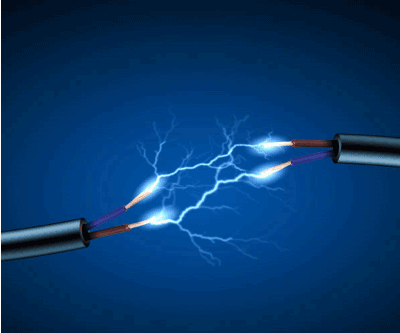
DevelopmentsIn ancient times when the concept of electricity does not exist, people were known about the electric fish. They used to call it 'Thunderer of the Nile' as well as protectors of other fish. Even for diseases like gout or headache, they used shock by electric fish for the treatment. The earliest researcher of electricity was Thales of Miletus, in 600 BC. Thales used to rub the cat's fur with rods of amber, which attract towards each other due to static electricity. Who is the father of electricity?Further, in 1600 William Gilbert, an English physician, also called the father of modern electricity, finds out the lodestone effect. The effect was because of static electricity, which generates when amber was rubbed. Gilbert gave it the name Electricus. Electricus is a Latin word that meaning is of amber. The word electric or electricity was first mentioned in the book Pseudodoxia Epidemica by Thomas Browne in 1646. 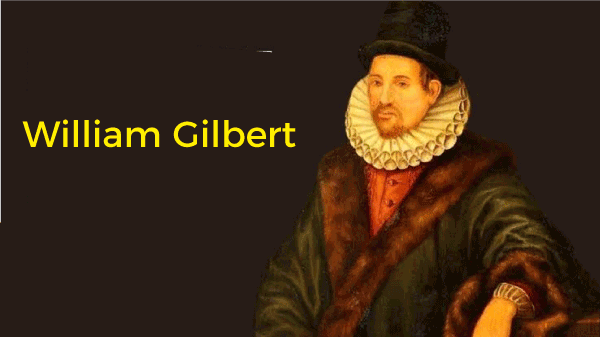
Benjamin Franklin's experiment of kite-flying and Leyden jarIn June 1752, through the experiment of Benjamin Franklin, it was proved that lightning was indeed electrical in nature. He did the experiment by attaching a metal key with a kite string and flew a kite in the stormy sky that results in a spark in the key. So from this experiment of kite-flying, he proved that lighting had always been electrical in nature. Thereafter, Benjamin demonstrated the function of a Leyden jar as a tool that can reserve the positive and negative charges in a big amount. 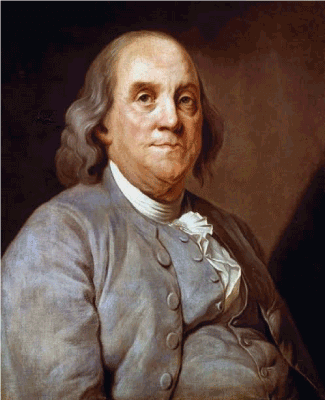
Bioelectromagnetics was invented by Luigi Galvani in 1791. He also got it printed in the same year. In this book, he explained the function of electricity as a medium through which neurons send the signal to muscles. Developments in the field of electricityLet's discuss various developments in the field of electricity. It includes development of Volta's battery, development of electromagnetism, and other important developments. We will also discuss the production and demand of electricity. Development of Volta's batteryA more dependable or stable source of energy was developed as a form of battery in 1800. Alessandro Volta pioneered this more stable electrostatic instrument. The battery was made up of zinc and copper by layering alternatively. It is also called Voltaic pile. 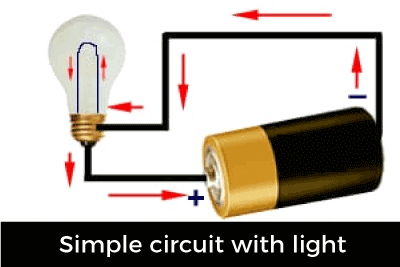
Developments of electromagnetismThere are some scientists who developed electromagnetism. Let' discuss in detail.
Other important developmentsThere were significant developments in the field of electricity by several scientists in the late 19th century.
Solid-state electric devicesolid-state devices are; vacuum tubes, transistors, integrated circuit(IC) chips, MOSFETs, and light-emitting diode (LED). In these devices, MOSFET was the most popular as well as the most demandable device in the world. The MOS devices are microprocessor chips as well as semiconductor memory. Production and demand
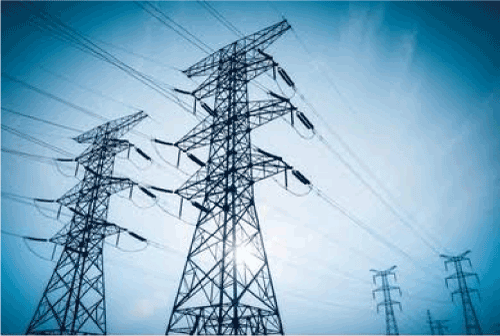
ApplicationsIn the 1870s, the invention of the light bulb is the earlier application of electricity which was the first publicly available application. By the time more applications are invented for heating and cooling as electrical energy perform both functions. Refrigerator, air condition, heat pump are some examples that need more power consumption. However, telecommunications and the electrical telegraph were the earliest applications. The Electric motor is the best example of electromagnetism. The battery is the power source for electric vehicles, like public transportation, which includes electric buses, trains, and electric cars. Transistor was one of the most significant inventions as it was the most important part of modern circuitry as well as many other devices. 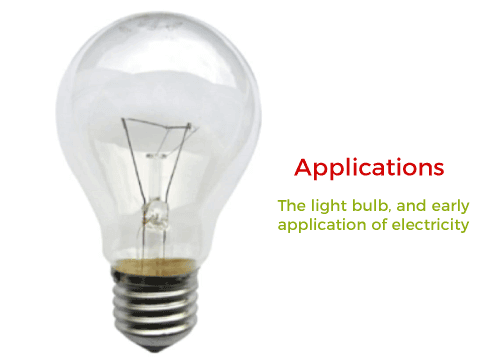
Uses and importanceSince electricity is invented and developed by ancient people but it came into use (for industry and residents) after electromagnetism theory in the 19th century. By the time with the expansion of technology, it becomes an important part of people's life as now most of the work depends upon electricity. For every walk of life, we need electricity in transport, communications, computation, lighting, heating, etc. Now, electricity has become the most important part of our lives as without it we cannot imagine a single day of our life.
Next TopicWho invented Steam Engine
|
 For Videos Join Our Youtube Channel: Join Now
For Videos Join Our Youtube Channel: Join Now
Feedback
- Send your Feedback to [email protected]
Help Others, Please Share










